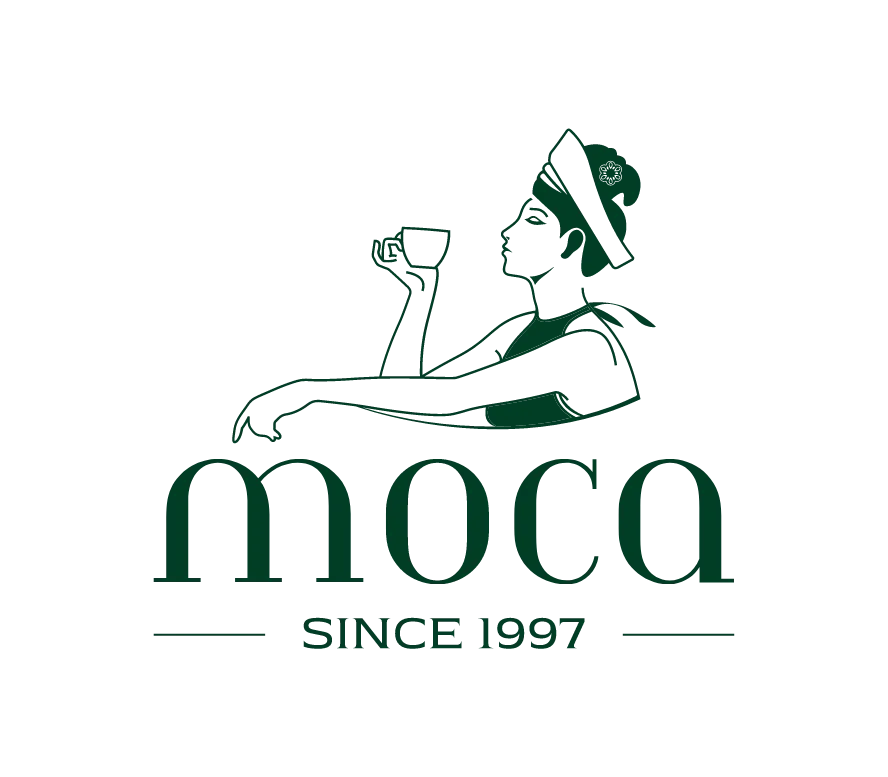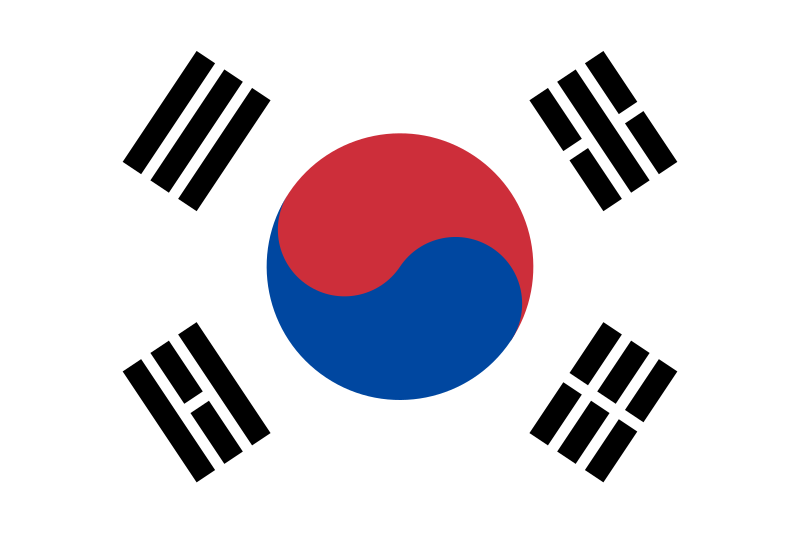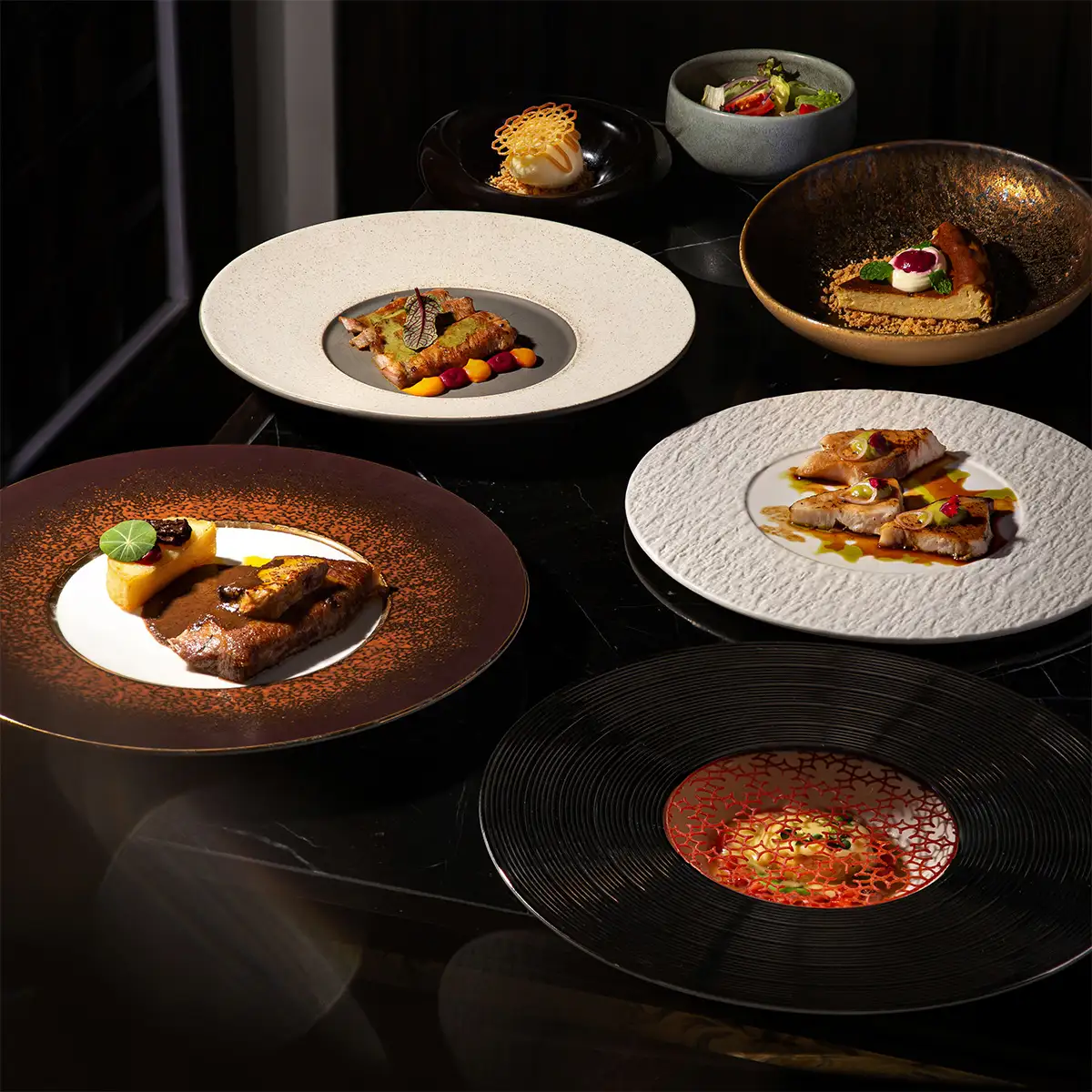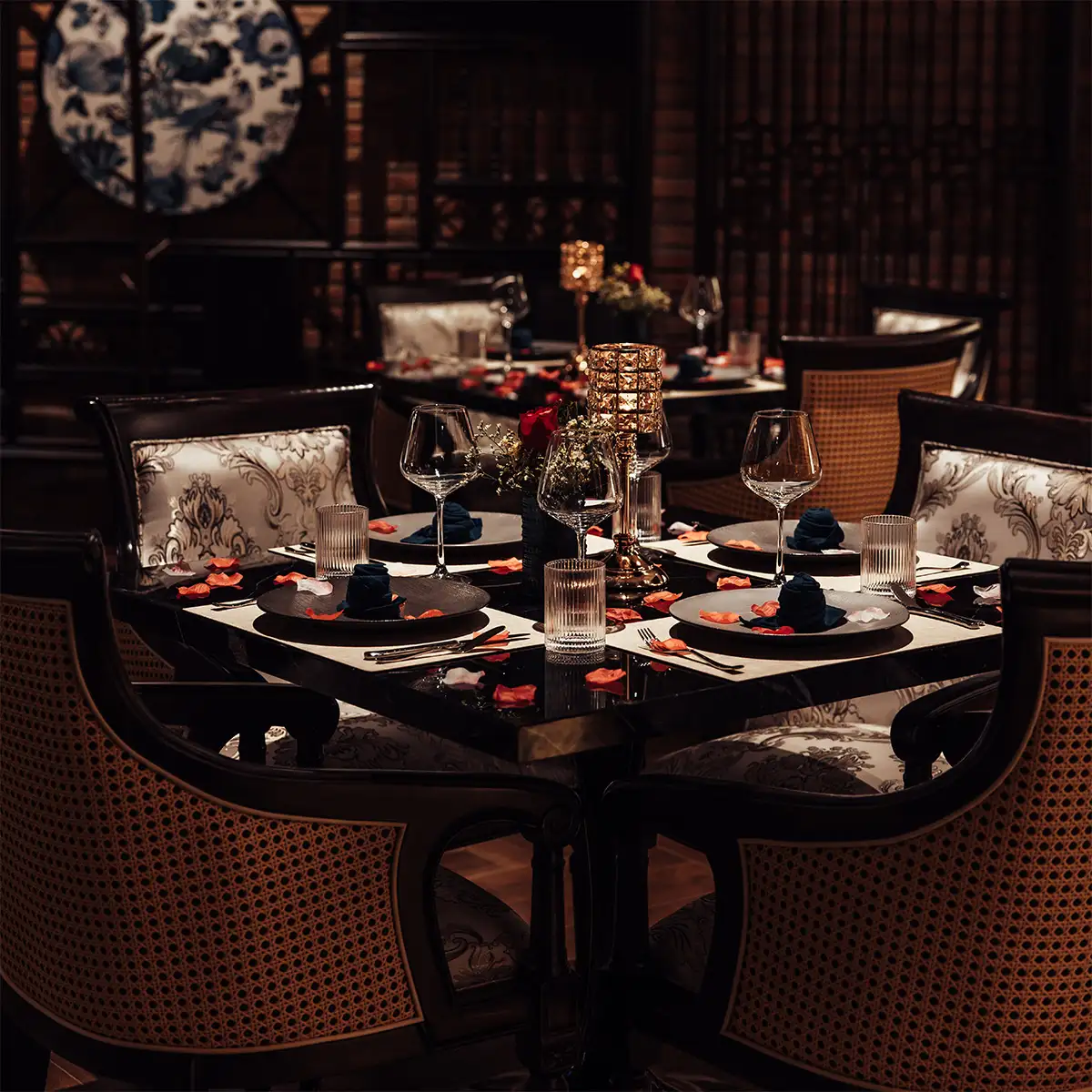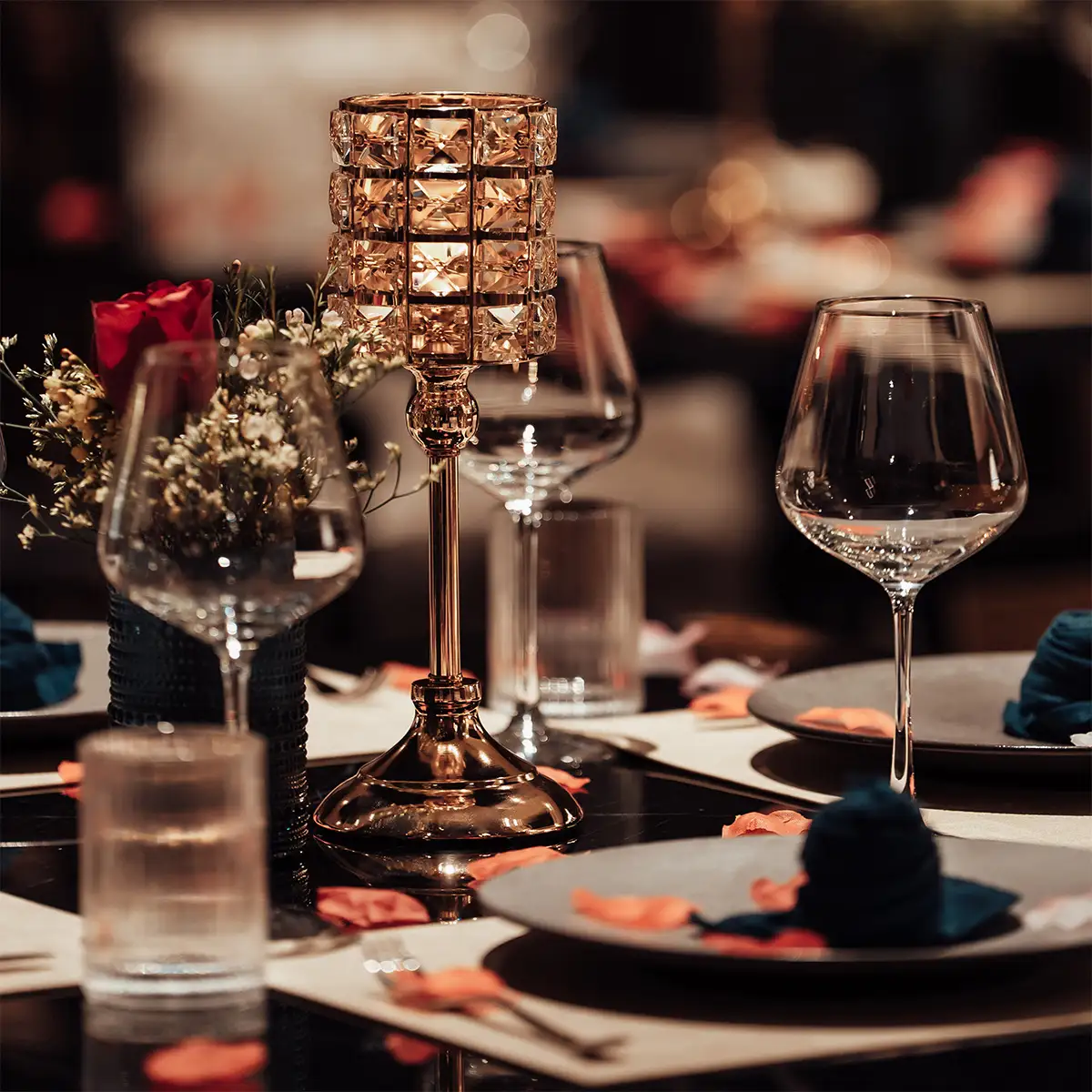In the ever-evolving landscape of fine dining, the dialogue between food and beverage has grown increasingly sophisticated. While wine has long held its esteemed position, a new contender has emerged, offering a world of complexity, nuance, and elegance. The practice of tea pairing in fine dining is no longer a niche curiosity but a celebrated art form, providing a remarkable non-alcoholic dimension to the gastronomic experience. This article delves into the philosophy and meticulous practice behind this craft, exploring how the selection, preparation, and harmonious integration of tea can elevate exquisite cuisine, with a special focus on the pioneering approach we have cultivated at Moca Dining.
1. The philosophy of tea pairing: Elevating the culinary dialogue
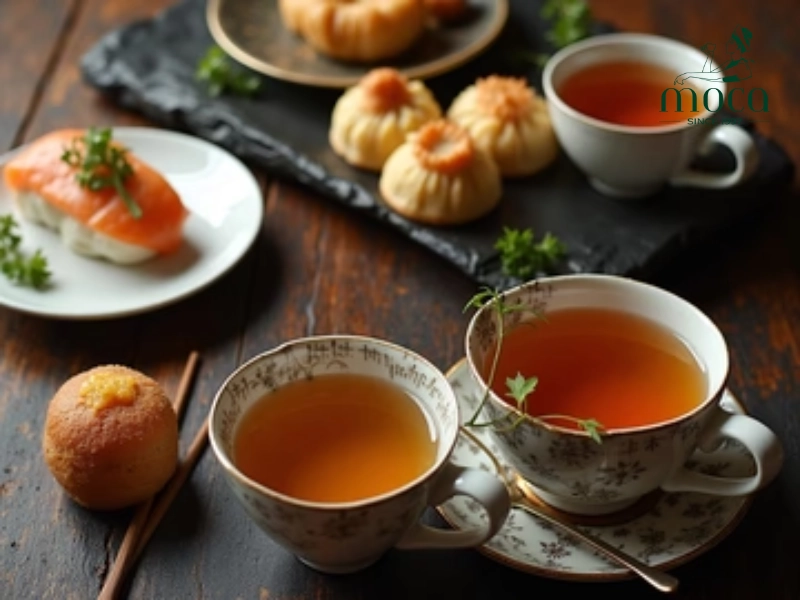
Tea is not just a drink—it’s a dialogue.
At its core, tea pairing in fine dining is about expanding the sensory conversation. It is a deliberate choice to introduce a new voice to the palate—one that can whisper, complement, or provide a compelling counterpoint to the chef's culinary creations.
- Beyond hydration: The perception of tea has fundamentally shifted. It is no longer merely a comforting, hot beverage but is now understood as a complex ingredient, much like a fine wine or a rare spice. Tea possesses a vast spectrum of aromas, flavors, and textures—from the delicate, vegetal notes of a Japanese Gyokuro to the robust, mineral undertones of a Wuyi rock oolong. This versatility makes it an exceptional tool for creating a profound gastronomic tea journey.
- The appeal of non-alcoholic sophistication: The growing demand for sophisticated non-alcoholic options in fine dining reflects a broader shift in guest lifestyles and preferences. Diners today seek experiences that are inclusive, mindful, and equally engaging for everyone at the table. Tea pairing in fine dining masterfully answers this call. It offers a journey with just as much complexity, history, and terroir as a traditional wine flight, ensuring that guests who abstain from alcohol are presented with an experience of equal thought and prestige. The intricate rituals of brewing and the diverse flavor profiles provide a captivating alternative that sacrifices nothing in terms of culinary engagement.
2. The art and science of tea selection and preparation
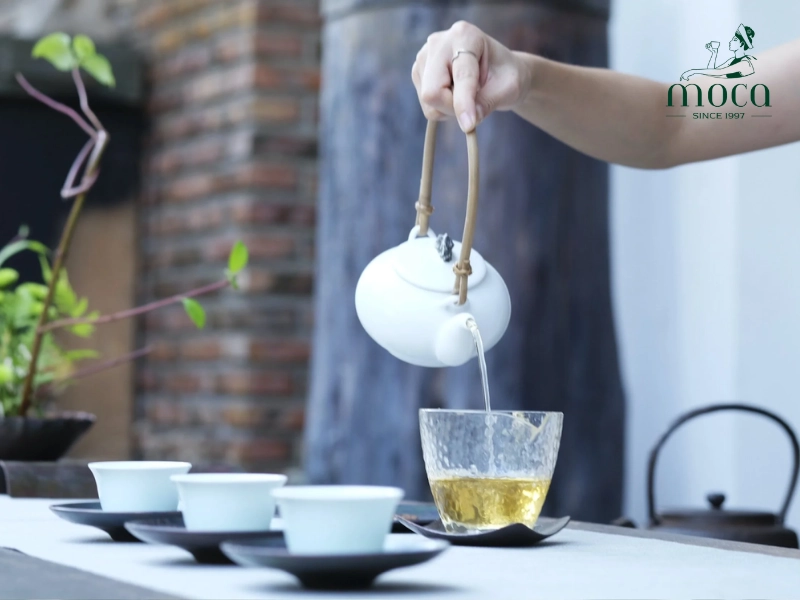
Tea is a test of both technique and perception.
Creating a world-class tea program for tea pairing in fine dining requires a deep understanding of both the agricultural art of tea cultivation and the scientific precision of its preparation. The journey from leaf to cup is one of meticulous control, where every variable is managed to achieve a perfect expression of flavor.
The world of tea is as diverse as the world of wine. Understanding the primary categories is fundamental to the art of pairing:
- White Tea: Minimally processed, offering delicate, sweet, and often floral notes.
- Green Tea: Unoxidized, known for its fresh, vegetal, and sometimes marine (umami) flavors.
- Oolong Tea: Partially oxidized, spanning a wide spectrum from light and floral to dark, roasted, and fruity.
- Black Tea: Fully oxidized, resulting in robust, malty, and often tannic profiles.
- Pu-erh Tea: Fermented and often aged, delivering deep, earthy, and complex notes.
At Moca Dining, our tea pairing menu is built upon a foundation of rare and exceptional leaves. Three examples from our current program include:
- Himalayan silver needle: A pristine white tea from Nepal, prized for its silvery buds. It offers subtle notes of honeydew, cucumber, and a whisper of white flowers.
- 'Da Hong Pao' (Big Red Robe): A legendary rock oolong from the Wuyi Mountains. It presents a remarkable mineral core (rock-rhyme) with notes of roasted stone fruit, dark chocolate, and orchid.
- Uji 'Gyokuro': A shade-grown Japanese green tea of the highest grade. It is celebrated for its profound umami, sweetness, and a creamy texture with notes of seaweed and sweet peas.
The potential of a premium tea can only be realized through precise brewing. Water temperature, steeping time, and water quality are not suggestions but critical parameters. For instance, brewing a delicate green tea like Gyokuro with water that is too hot will destroy its complex amino acids (like L-theanine, responsible for umami) and extract an excess of catechins, resulting in bitterness. A scientific study published in the Journal of Food Science confirms that lower temperatures (around 50-60°C for Gyokuro) are optimal for maximizing its desired savory and sweet characteristics.
The fine dining tea sommelier is the curator and storyteller of the tea experience. This role demands more than just brewing expertise; it requires a profound knowledge of tea history, cultivation, and global culture, combined with a chef's palate for pairing. The sommelier is the guest's guide, translating the intricate world of tea into an accessible and enriching journey. At Moca Dining, our tea program is curated by a dedicated team whose philosophy is to create a silent dialogue between the cup and the plate. Their mission is to guide guests through this culinary experience, illuminating the stories behind each leaf and the rationale for its pairing.
3. Principles of harmonious tea and food pairings

The art of tea and food pairing is a refined dialogue between palate and emotion.
Successful tea and food harmony is built on established principles, much like those used in wine pairing. In the context of tea pairing in fine dining, the goal is to create a synergy where the combination is greater than the sum of its parts.
We approach pairing through three primary lenses:
- Complementary: Matching similar flavor profiles to enhance one another. For example, pairing an earthy, aged Pu-erh tea with a wild mushroom risotto amplifies the shared forest-floor notes.
- Contrasting: Using opposing flavors to create balance. A bright, astringent Japanese Sencha can cut through the richness of a fatty piece of tempura, cleansing the palate and preparing it for the next bite.
- Cleansing: Utilizing teas with refreshing qualities to reset the palate. A light, floral tea can serve as a gentle interlude between a savory course and dessert.
Beyond flavor, we consider texture, aroma, and weight. A delicate dish requires a light-bodied tea, while a robust dish can stand up to a more powerful infusion.
A well-designed tea pairing menu follows the arc of the meal:
- Appetizers: Lighter, aromatic teas like a Silver Needle or a Taiwanese Baozhong oolong are paired with delicate starters to awaken the palate without overwhelming it.
- Main Courses: More robust teas are chosen for richer courses. An oolong with roasted notes or a complex black tea can complement seared meats, while a savory green tea can elevate seafood.
- Desserts: Teas with natural sweetness, floral notes, or roasted qualities can beautifully accompany desserts.
4. The holistic experience: Enhancing the fine dining journey with tea
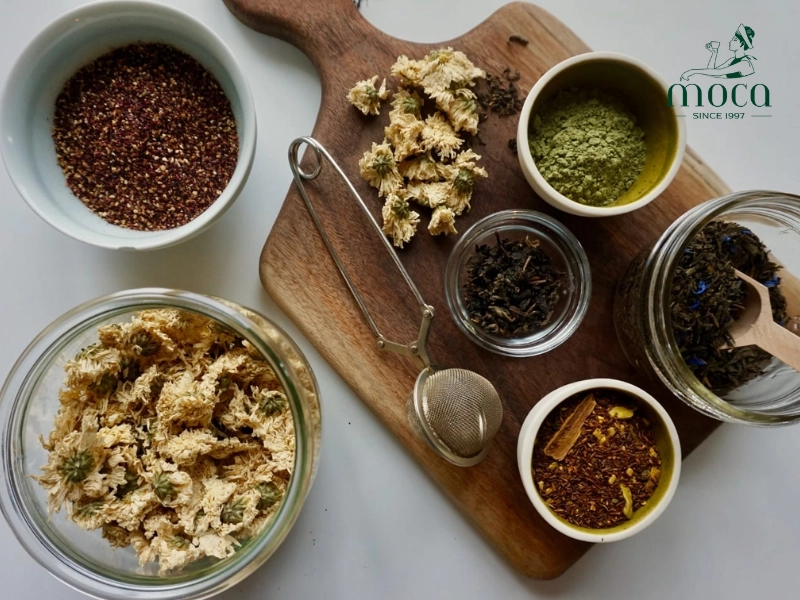
Tea is more than a beverage—it is a moment for deeper sensory presence.
Opting for a tea pairing is about more than just taste; it is about embracing a more mindful and multi-sensory approach to dining.
The ritual of tea service encourages a slower, more deliberate pace. The visual beauty of the unfurling leaves, the shifting color of the liquor over multiple infusions, and the evocative aromas all contribute to a heightened state of awareness. It prompts guests to engage more deeply with each course, savoring the interplay of every sip and bite. This mindful engagement is a core component of the modern culinary experience.
The trend of tea pairing in fine dining is not fleeting; it is a movement toward greater inclusivity and sensory exploration in gastronomy. As more diners seek unique and personalized experiences, the demand for expertly curated tea programs will only grow. At Moca Dining, we are continuously innovating, exploring aged teas, unique single-origin varieties, and advanced brewing techniques like cold brewing to further push the boundaries of this exciting craft.
An exceptional tea pairing in fine dining is a testament to meticulous selection, precise preparation, and a deep, philosophical understanding of flavor harmony. It transforms a meal into a narrative, where each course is a chapter and each tea is a thoughtful articulation. At Moca Dining, we have embraced this art form as an integral part of our identity, offering a unique and memorable gastronomic tea journey. We cordially invite you to visit Moca Dining to personally discover the elegant and enriching world of tea pairing and elevate your fine dining experience to a new level of sophistication—make your reservation today to begin your journey.
